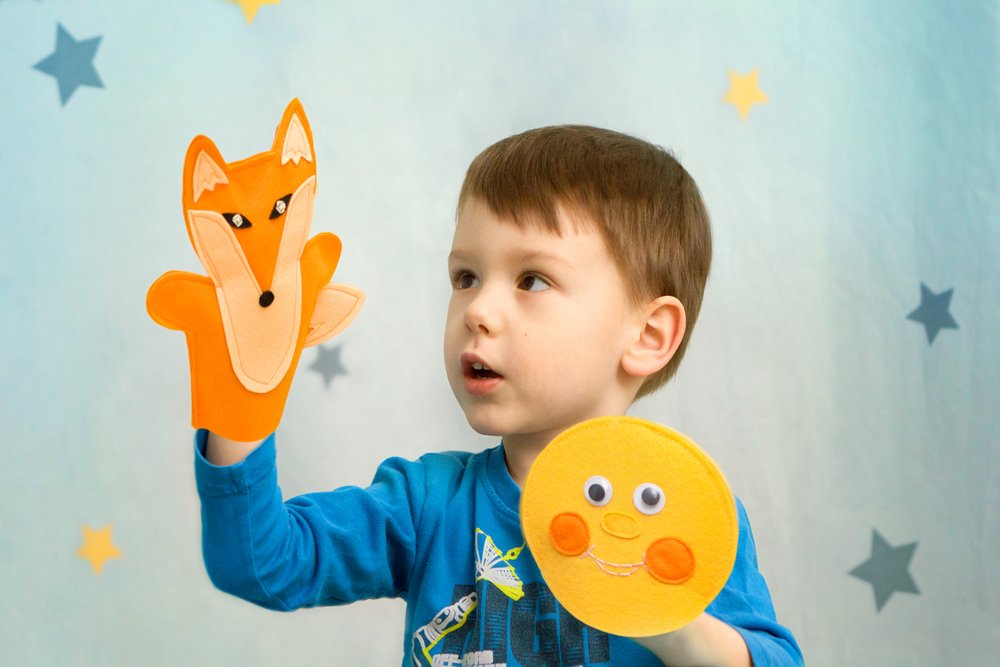Key points:
- Hand dominance usually forms by elementary school age.
- Encourage hand dominance exploration with midline placement and coordination activities.
- Activities like dough play and animal movements enhance hand skills.
- Outdoor play, coloring, and fine motor tasks boost manual skills vital for overall development.
The Royal Children’s Hospital states that hand dominance is the consistent preference of one hand over the other when doing the skilled part of an activity, while the non-dominant hand supports the movement. A practical example of this is whenever we are writing something and, while our dominant hand is scribbling with a pen, the other hand holds the paper.
Most children will start to show signs of exploring their laterality between 24 and 48 months of age. Usually by the time they start elementary school, they will have established their dominant and their support hand. If your child hasn’t done that yet and they still switch between hands in everyday tasks, do not force them into using only one. Rather, observe and encourage your little one to participate in lots of activities that will provide with plenty of opportunities for exploring hand dominance. Here are some ideas:
- Place items around your child’s midline (centered to their bellybutton). This applies to crayons, toys, and everyday objects that you’d want them to reach for.
- Use hand puppets to play with your little one and let them choose which hand gets to play the puppet.
- Make finger paintings.
- Have your child help you in the kitchen. They can roll, make balls of dough, cut with cookie-cutters, open and close jars, etc.
- Do age-appropriate arts and crafts like beading, weaving, playing with pipe cleaners, etc.
- Give praise and feedback.
- Encourage your child to finish an activity with the hand they started with. It’s okay if that one hand is getting tired and they want to have a rest. Do so, stretch, and then ask them to continue. While you do these activities, talk about which hand is doing the hard work and which hand is helping.
Keep in mind that when your little one uses different types of utensils and objects to complete a task, they are putting their hand control and finger strength skills to use. All of this provides your child with the basis for their cognitive, social and emotional development.
While your child learns how to use each object and acquires manual skills to take items, hold them, open them, move them, among other movements, they are also working on their attention, memory, and concentration.
How to boost my child’s manual skills?
Now that we are talking about specific ways to stimulate your child’s laterality and the importance of manual skills for the development of children, in this section we will give you other tips to support the coordination and strengthening of your child’s hands.
Kneading, squeezing, and shaping different types of dough allows your child to build strength in their fingers and hands. Therefore, an excellent idea is encouraging them to play with clay and other similar materials.
As for hand coordination, invite your little one to bounce a ball with both hands, tear strips of newspaper or magazines to make a collage, and separate toys and put them away. These activities involve doing symmetrical movements.
Another alternative is to play with your little one to imitate how different animals move, such as a bear, crab, and snake. This way, you encourage your child to develop the posture, stability and control needed to perform more complex hand movements in the future.
Climbing and playing outdoor games for children, or lying on their stomach and resting their arms on their elbows while playing also helps your child’s development. This is because these activities boost you little one’s stability and arm and trunk strength.
Lastly, offer your child chunky crayons to practice their coloring, scribbling, and drawing skills. Since we are in the digital age and most communication is done through messages on different keyboards and even by voice recognition, it is important not to forget the importance of these manual skills.
Note that children who develop the ability to write with speed and legibility, tend express themselves in writing way more easily.
As you can see, there are many ways to support your little one to explore their laterality and strengthen their manual skills. Remember that each child has a different rhythm and adapts better to different types of activities. The most important thing is that you accompany them in their growth and consult with their pediatrician if you have any questions about their development.
Do you have any comments or questions about what we talked about? Write to us in the comments section!








